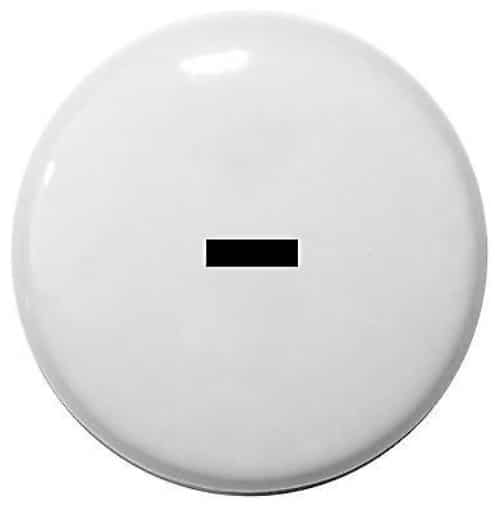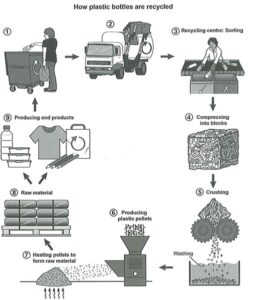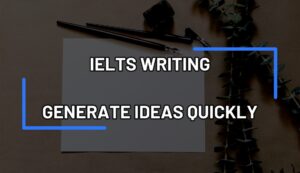Hyphens are very short lines without space around them. They glue the items that come right before and after them (items like words and numbers). The hyphen, en dash, and em dash are three punctuation marks that confuse leaners. Despite the fact that they look a lot like one another, you should never use them interchangeably.
In short, each punctuation mark is separate from the others, and you should learn how to use them accurately. This article is a complete guide to the hyphen.Use a hyphen to form compound adjectives, nouns, and verbs
Compound words are made up of two or more words to form a new word with a new meaning. Some of these words are hyphenated.
Examples:
Compound verb: His job is to test–drive new sports cars.
Compound adjective: Mark is a good–looking man
Compound Noun: My brother–in–law has a hectic lifestyle.
Note 1: As you can see from the third example, not all compound nouns are to be hyphenated.
Question: I need more detail about compound words. Which ones should be hyphenated? Why are some of them hyphenated in one sentence and not the other?
Answer: The answers to these questions require details that are out of the focus of this article; therefore, we have decided to discuss them here in a separate article.
Use hyphens to express the ages of people or things
Examples:
- He is just a five–year–old boy.
- This is a one–hundred–year–old tree.
Note: As you can see, the expressions for ages have come before a noun. Therefore, we needed to use hyphens. But if such expressions come after a noun (usually in plural forms), no hyphens should be used.
Examples:
- That boy is just five years old.
- This tree must be at least a hundred years old.
- A baby that is just two months old
Use hyphens with numbers to express spans, ranges, or estimates
Examples:
- 7:00–11:00 a.m. = 7 a.m. to 11 a.m.
- 2012–2030 = from 2012 to 2030
- The distance between the two cities is 10–15 km (10 to 15 kilometers).
Note: Remember that you should never add space before or after a hyphen.
You should always hyphenate numbers from 21 to 99
Examples:
- The cost of cotton cloth has increased by thirty–two percent.
- Only a hundred and ninety–five people liked this Instagram post.
Note: As you can see from the second example, such numbers are always hyphenated even if they are a part of a larger number.
Use a hyphen to connect numbers (whether they are spelled out or written as numerals) to a noun when they form a compound adjective
Examples:
- It’s just a 2–minute walk from the park to my home.
- A beautiful three–story house
- A fifteenth–century painting
Note: When the number comes after the word that it is glued to, you should drop the hyphen.
Examples:
- My father has type 2 diabetes.
- The scientists are looking for patient zero.
Hyphenate fractions if they are spelled out
Examples:
- Two–thirds of the senate voted against the bill.
- One–fifth of the people who took part in the poll said the main goal of school was to prepare students to pass exams.
Answer: Some style guides recommend using hyphens in fractions only when they are adjectives; some others, however, recommend something else. Here’s what The Chicago Manual of Style recommends:
For the sake of readability and to lend an appearance of consistency, simple fractions are hyphenated in noun, adjective, and adverb forms. In the rare event that individual parts of a quantity are emphasized, however, as in the last example, the expression is unhyphenated.Example: We divided the cake into four quarters; I took three quarters, and my brother one.
Note 1: Do not use a hyphen when you use “a” instead of “one” in fractions.
Example:
A third of the crops were damaged by the storm.
Note 2: When you make a compound adjective using a fraction and a word, they should be connected by a hyphen.
Examples:
- A half–cooked meal
- It’s going to be a three–and–a–half–year journey.
Use a hyphen with suspended compounds
A suspended compound is a set of compound nouns or compound adjectives in which an element common to all members is not repeated.
Example:
- This village has only two– or three–story buildings.
- This little town has only three–, four–, or five–story buildings.
Hyphens with present and past participles
When you add “ing” to a verb, you make a present participle. Past participle, on the other hand is the one you use with prefect tenses.
Examples:
Present participle: It can be used:
- to show continuous tenses: She is sleeping.
- as an adjective: A sleeping child.
Past participle: It can be used:
in perfect tenses: I have done my job.
Passives: The glass was broken.
as an adjective: A broken arm.
When a noun, adverb, or an adjective comes with a participle, and makes a compound adjective, to describe another word, use a hyphen if it comes before the word, not after it.
Examples:
A fast–acting drug.
The drug is fast acting.
A well–nourished child.
The child is strong and well nourished.
Reminder: Some of these adjective always come with a hyphen in between:
Examples:
He is a good–looking guy.
That guy is good–looking.
Hyphens with prefixes and suffixes
Prefixes are and suffixes are a group of letters that are added to the beginning or the end of a word to change its meaning. Prefixes are added to the beginning, and suffixes are added to the end of a word.
Examples:
Prefixes: unfriendly, ex-wife, co-worker,…
Suffixes: downloadable, president-elect, sugar-free,…
The following rules will tell you when you need to hyphenate suffixes and prefixes:
Always use a hyphen after any prefixes that are joined to a proper noun, proper adjective, number, or an abbreviation
Examples:
mid–January, post–Elizabethan, mid–2020,…
Use a hyphen with self–, ex–, and all–
Examples:
self–confidence, ex–fiancée, all–night party,…
When using great and grand to talk about family relations, the former always takes a hyphen, but the latter doesn’t.
Examples:
grandmother, great–grandmother, great–great–grandmother,…
Use a hyphen when the prefix ends with the same vowel as the root word
Examples:
re–enter, pre–election polls, anti–itch cream,…
Compound adjective with high and low as their prefix, take a hyphen only if they come before a noun they are modifying
Examples:
Low-income families barely make ends meet.
high-level meetings between the two countries.
Use a hyphen when it is necessary to avoid confusion
Example:
re–press the button.
re-press: press again
repress: to stop yourself from doing something you want to do
Hyphenate suffixes like –type, –style, and –elect
Examples:
- A Colonial–style house
- a flu–type virus
- She is the vice-president–elect.
Note: When using the suffix -fold use a hyphen for:
- numbers greater than 10: eleven–fold increase in revenues
- numbers with decimal points: The new model is 3.5–fold faster than the previous one.
Otherwise, don’t hyphenate it.
Example:
a tenfold increase in sales figures
Final note: This guide can help you most of the time, but sometimes some words do not follow these rules. Therefore, it is a good idea to use a good dictionary when you are in doubt.
Follow us on YouTube for more tips and resources.







